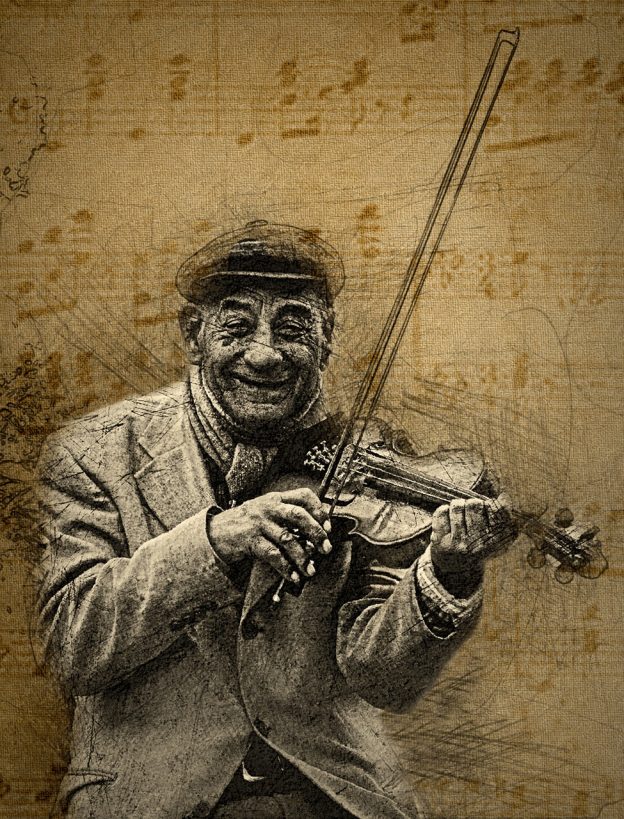
A while ago, someone emailed me to ask for help getting word out on a blog post they wrote on a report about workplace satisfaction or something. I asked, “Did your report disaggregate data on employees of color?” They said no, sounding apologetic. This happens all the time, where diversity and inclusion are an afterthought, something that is a nice-to-have, but not an essential element.
I understand there are times when it makes sense to talk about issues in the general sense. But all of us need to develop and sharpen the lens we use to look at the world and the issues we are addressing. The problems we are tackling are all affected by multiple forms of intersecting inequity, and we must train ourselves to see and analyze race, ethnicity, class, age, gender, disability, neuro-diversity, LGBTQIA identity, etc. Those of us who create content, especially, must take this seriously, as our blogs, articles, podcasts, tweets, videos, books, rock musical, etc., may reach thousands of people. And if we are not thoughtful and deliberate, then we may be unconsciously reinforcing certain things as the default, namely white heteronormative cis-male able-bodied neuro-typical norms.
Continue reading “Content creators, here’s an Equity Screen to use as you work on your next blog post, book, podcast, or video”

